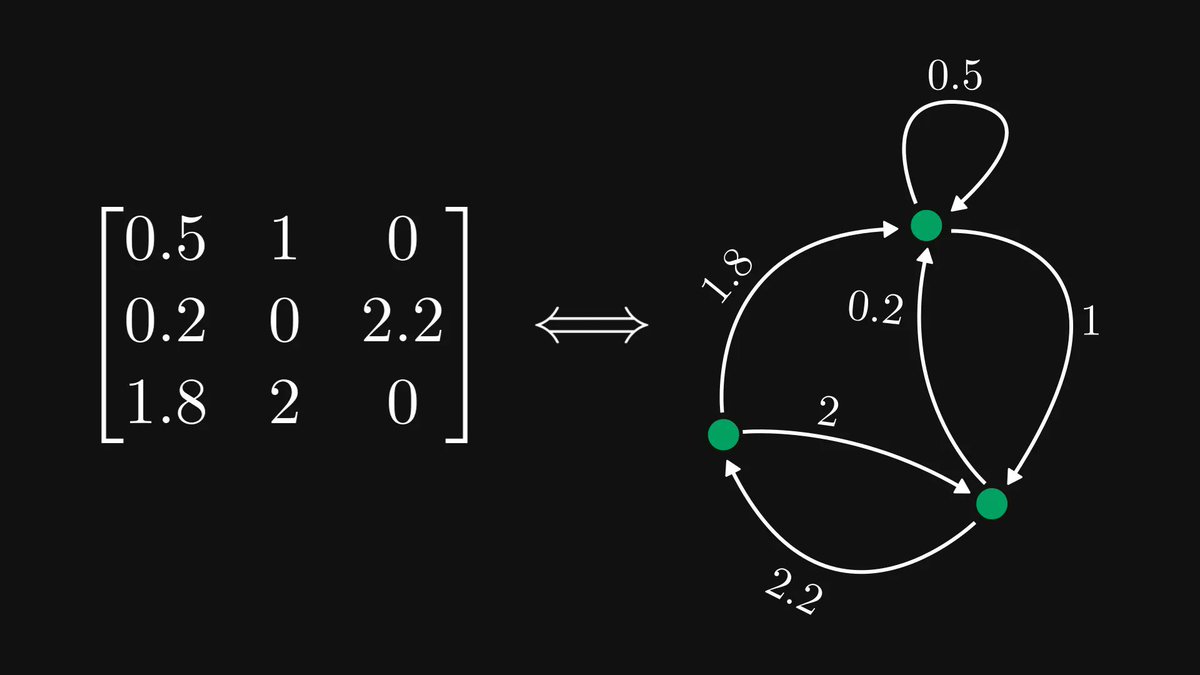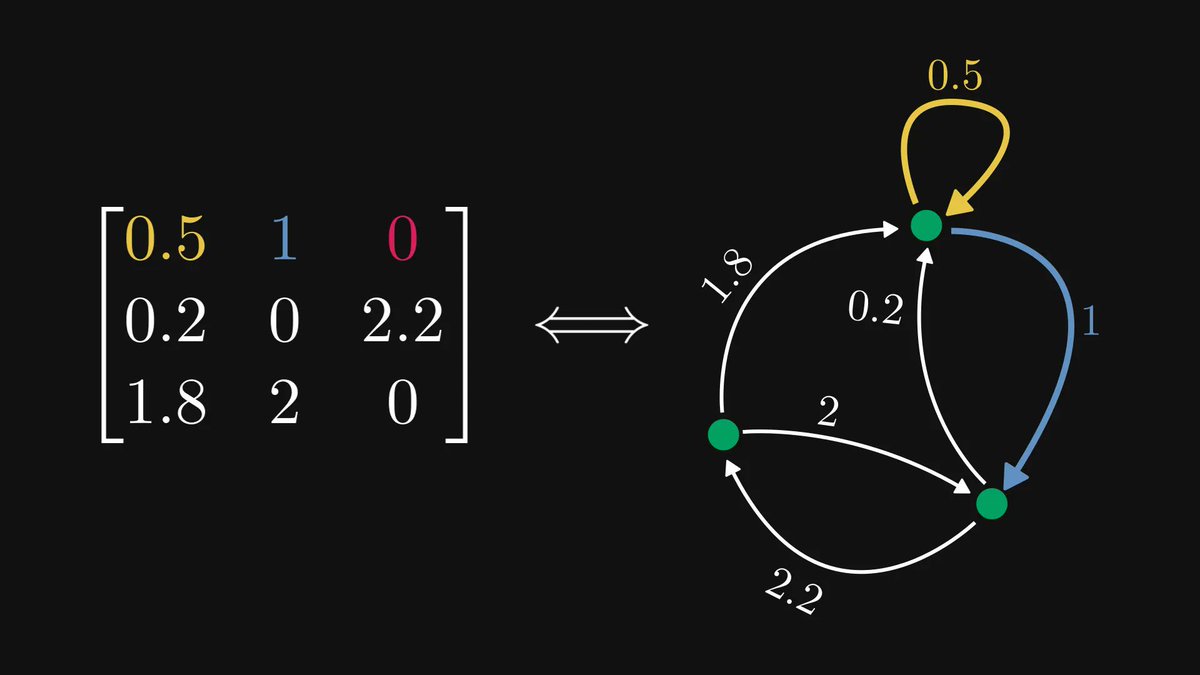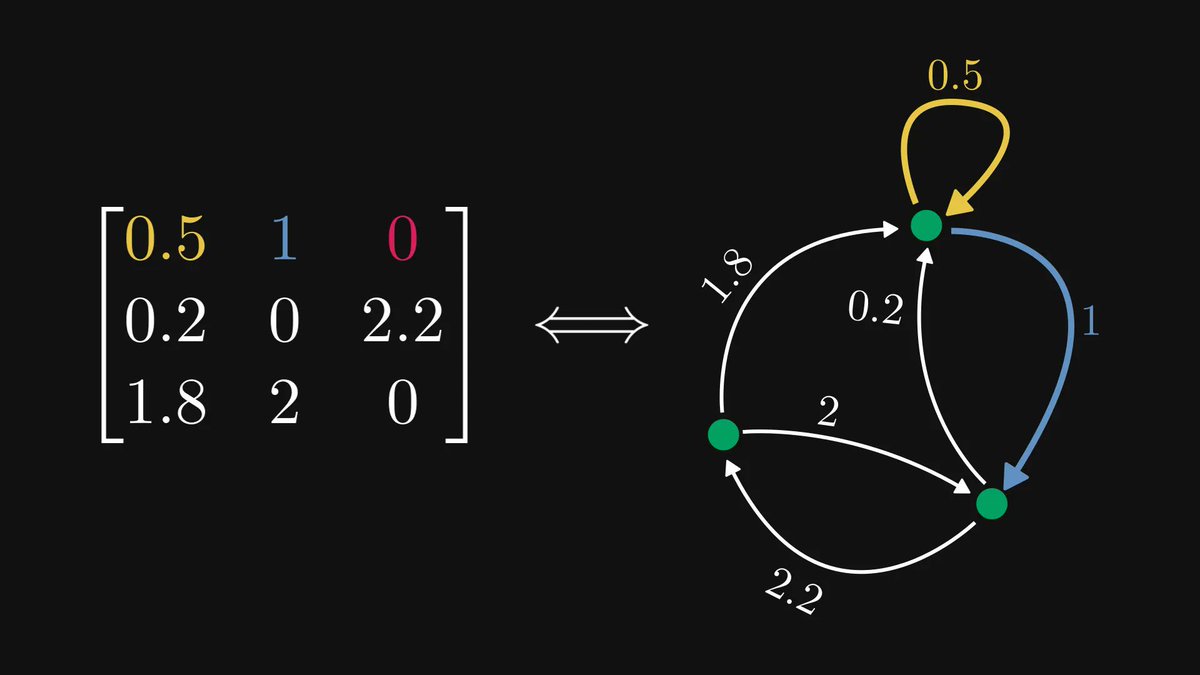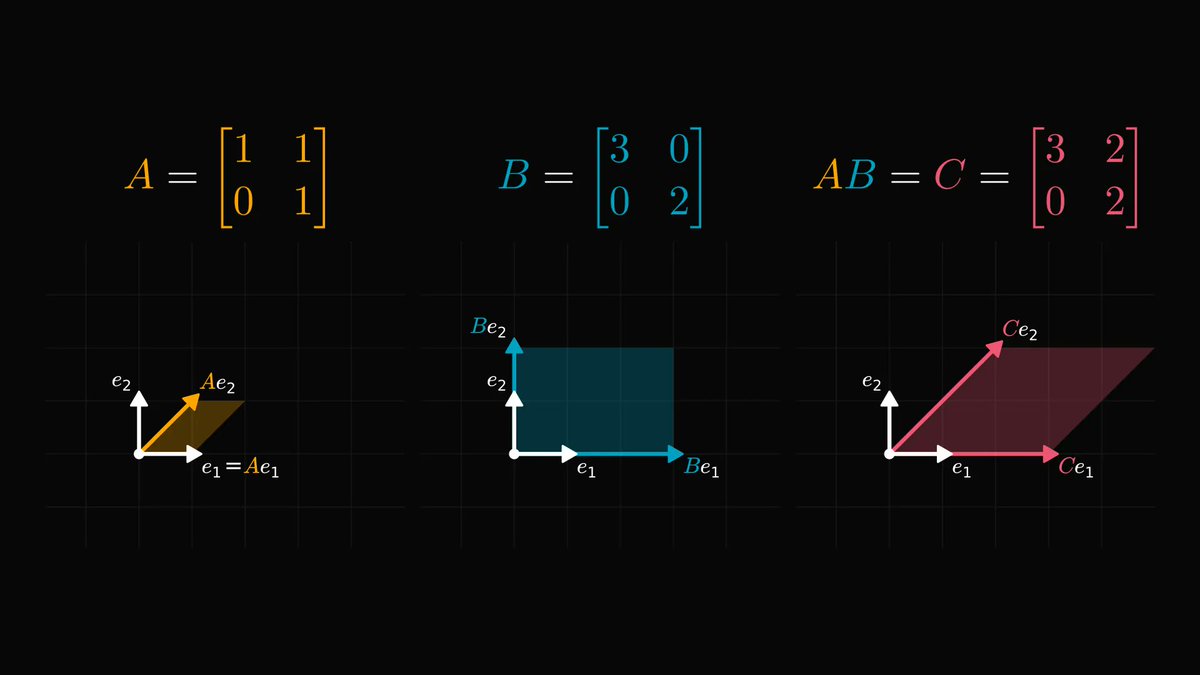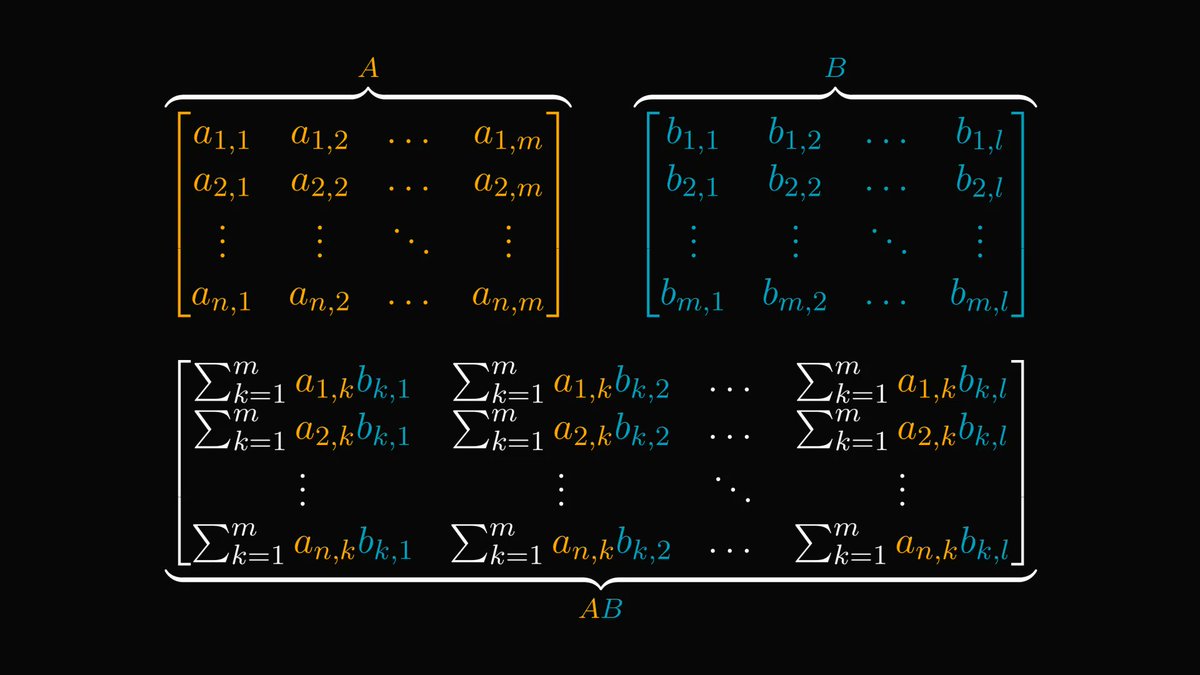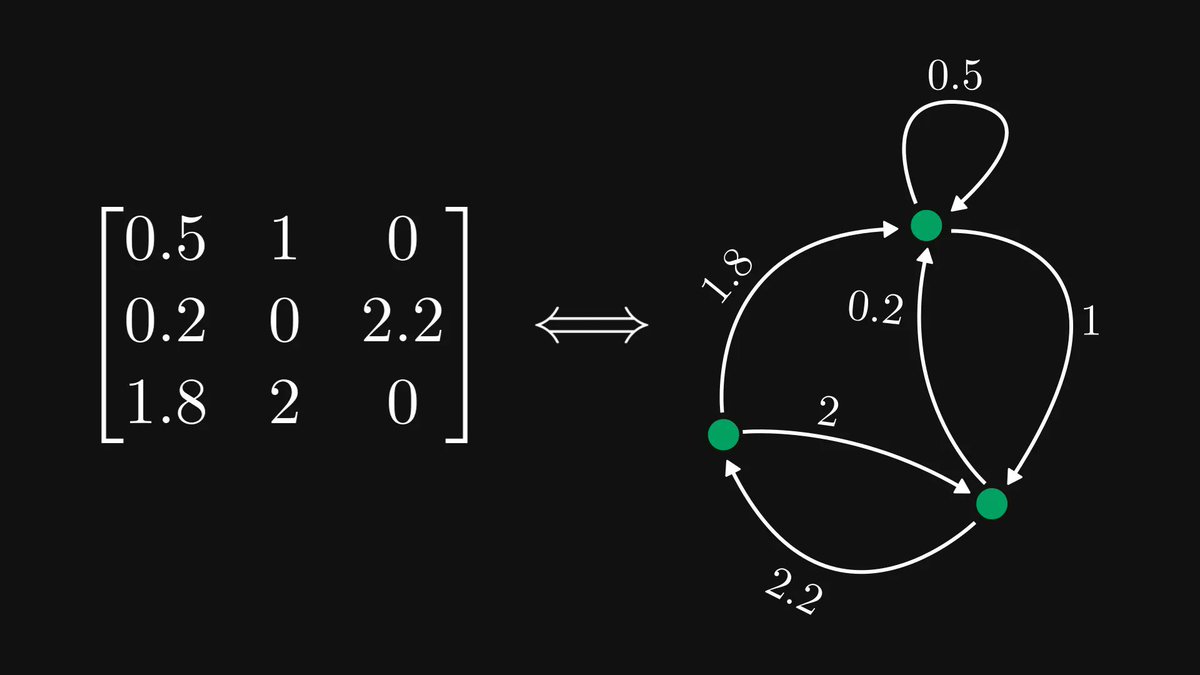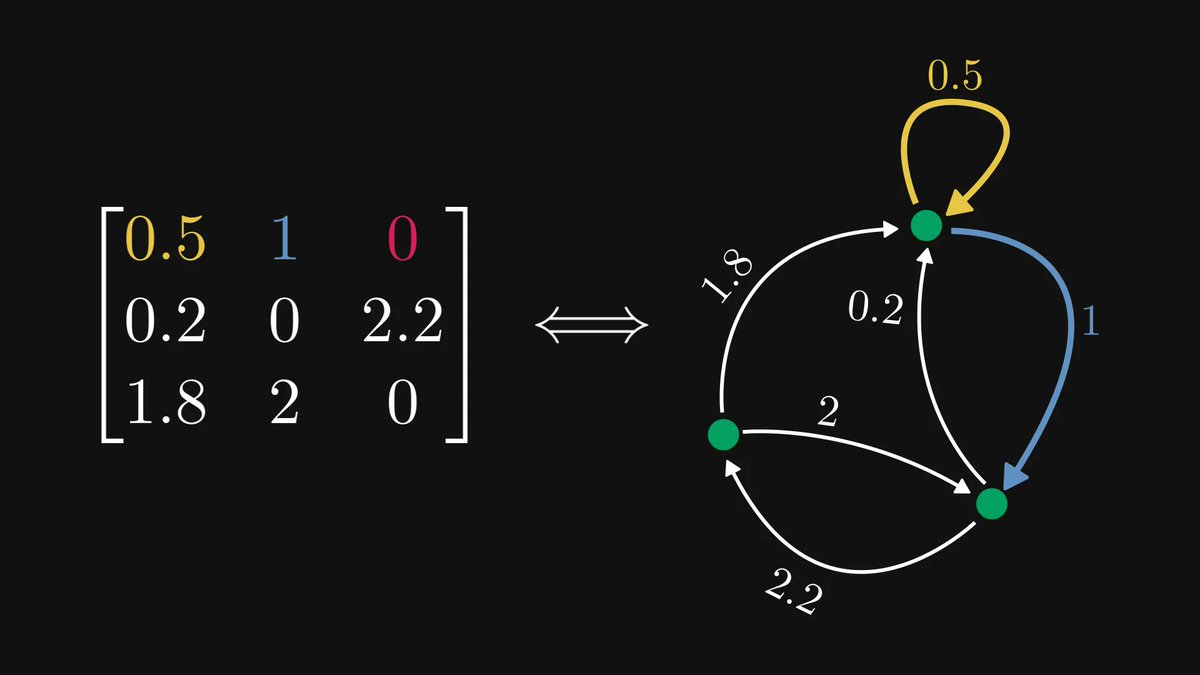There is a mind-blowing application of matrix multiplication: doing recursion (almost) at the speed of light!
By the end of this thread, you'll learn precisely how.
Trust me, if you are into programming and math, you want to know this trick.
↓ ↓ ↓
By the end of this thread, you'll learn precisely how.
Trust me, if you are into programming and math, you want to know this trick.
↓ ↓ ↓
Let's start with the simplest example for recursion: Fibonacci numbers.
Each Fibonacci number is the sum of the previous one and the one before.
The recursion starts with 0 and 1.
Each Fibonacci number is the sum of the previous one and the one before.
The recursion starts with 0 and 1.

The execution is extremely slow, as each function call involves two more calls!
Thus, the `fibonacci(n)` calls itself many times!
Thus, the `fibonacci(n)` calls itself many times!

Now, let's talk about matrix multiplication.
What do you get when multiplying a row and a column vector? Their inner product.
How does this relate to the Fibonacci numbers?
What do you get when multiplying a row and a column vector? Their inner product.
How does this relate to the Fibonacci numbers?

With one small trick, we can turn this into an iterative process.
By adding a second column to the right side, we can copy the n-th Fibonacci number over.
Thus, we have a recursive relation.
By adding a second column to the right side, we can copy the n-th Fibonacci number over.
Thus, we have a recursive relation.

We can express the above without recursion!
Applying our matrix recursion n times, we obtain an explicit formula to calculate the Fibonacci numbers.
This is much faster to compute.
Applying our matrix recursion n times, we obtain an explicit formula to calculate the Fibonacci numbers.
This is much faster to compute.

Just one more step.
By noticing that the Fibonacci numbers start with 0, 1, 1, we can stack two shifted vectors on top of itself and obtain the n+1-th, n-th, n-1-th Fibonacci numbers purely by raising the right matrix to the n-th power.
By noticing that the Fibonacci numbers start with 0, 1, 1, we can stack two shifted vectors on top of itself and obtain the n+1-th, n-th, n-1-th Fibonacci numbers purely by raising the right matrix to the n-th power.

By clearing everything up, we obtain an extremely elegant formula.
Tell me it's not beautiful. I dare you.
Tell me it's not beautiful. I dare you.

As you can see, it is much faster than the vanilla version.
Moreover, while the vanilla implementation has exponential time complexity, this has linear. Quite the difference!
Moreover, while the vanilla implementation has exponential time complexity, this has linear. Quite the difference!

A small caveat, though. Due to integer overflow, NumPy is not suitable for this task.
Homework for you: write a plain Python implementation that takes advantage of the arbitrarily large ints!
Feel free to share your solution! (I made the snippets with carbon.sh.)
Homework for you: write a plain Python implementation that takes advantage of the arbitrarily large ints!
Feel free to share your solution! (I made the snippets with carbon.sh.)
Having a deep understanding of math will make you a better engineer. I want to help you with this, so I am writing a comprehensive book about the subject.
If you are interested in the details and beauties of mathematics, check out the early access!
tivadardanka.com/book
If you are interested in the details and beauties of mathematics, check out the early access!
tivadardanka.com/book
• • •
Missing some Tweet in this thread? You can try to
force a refresh








